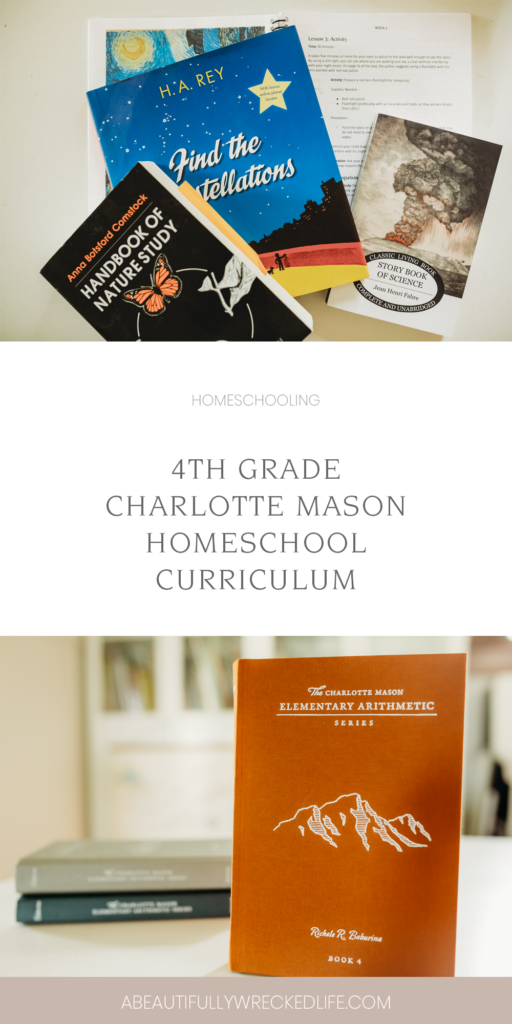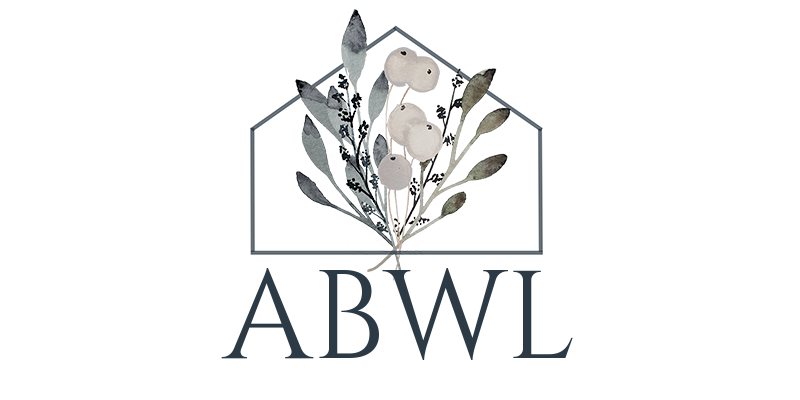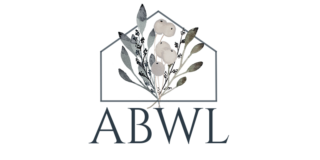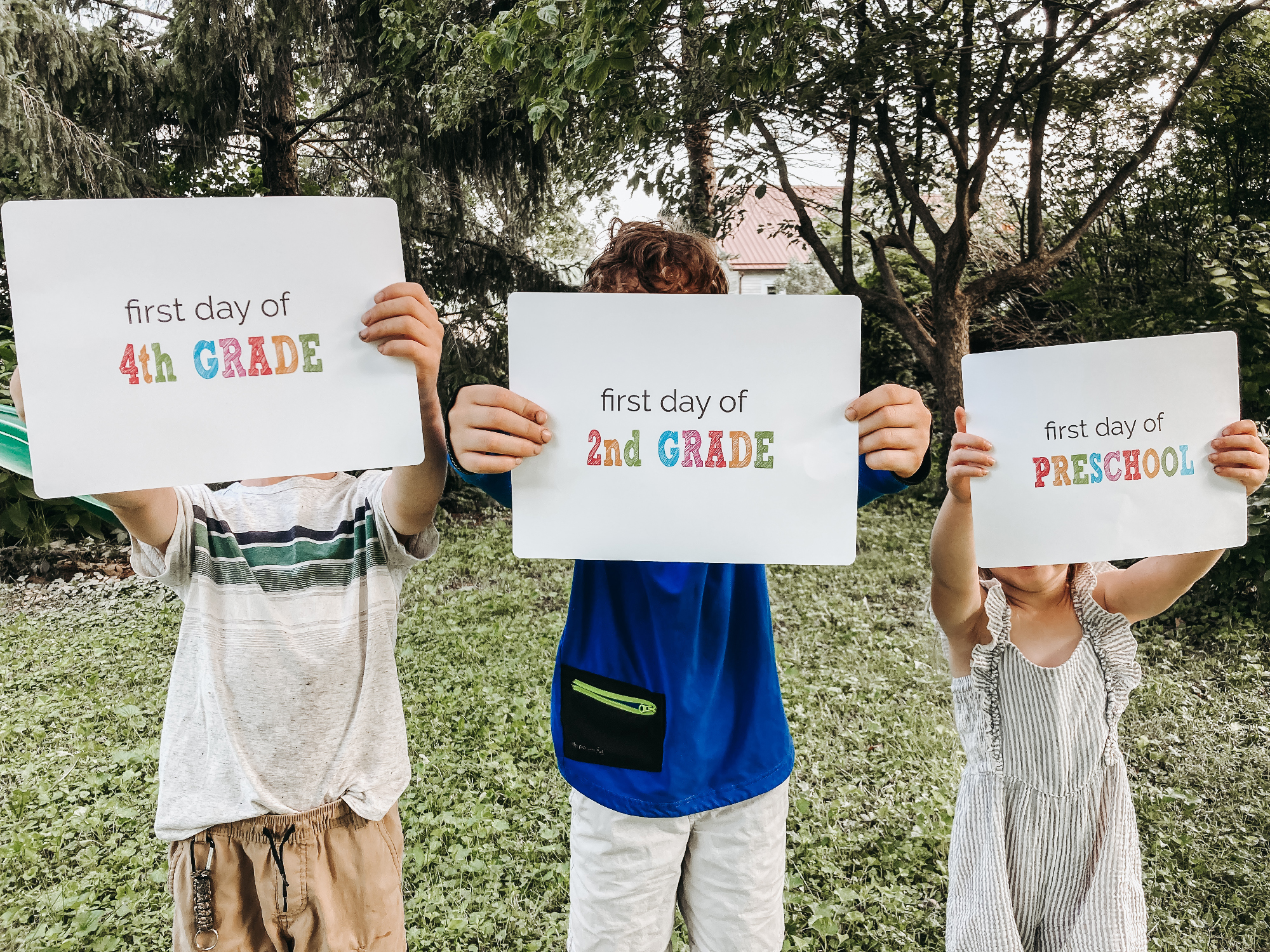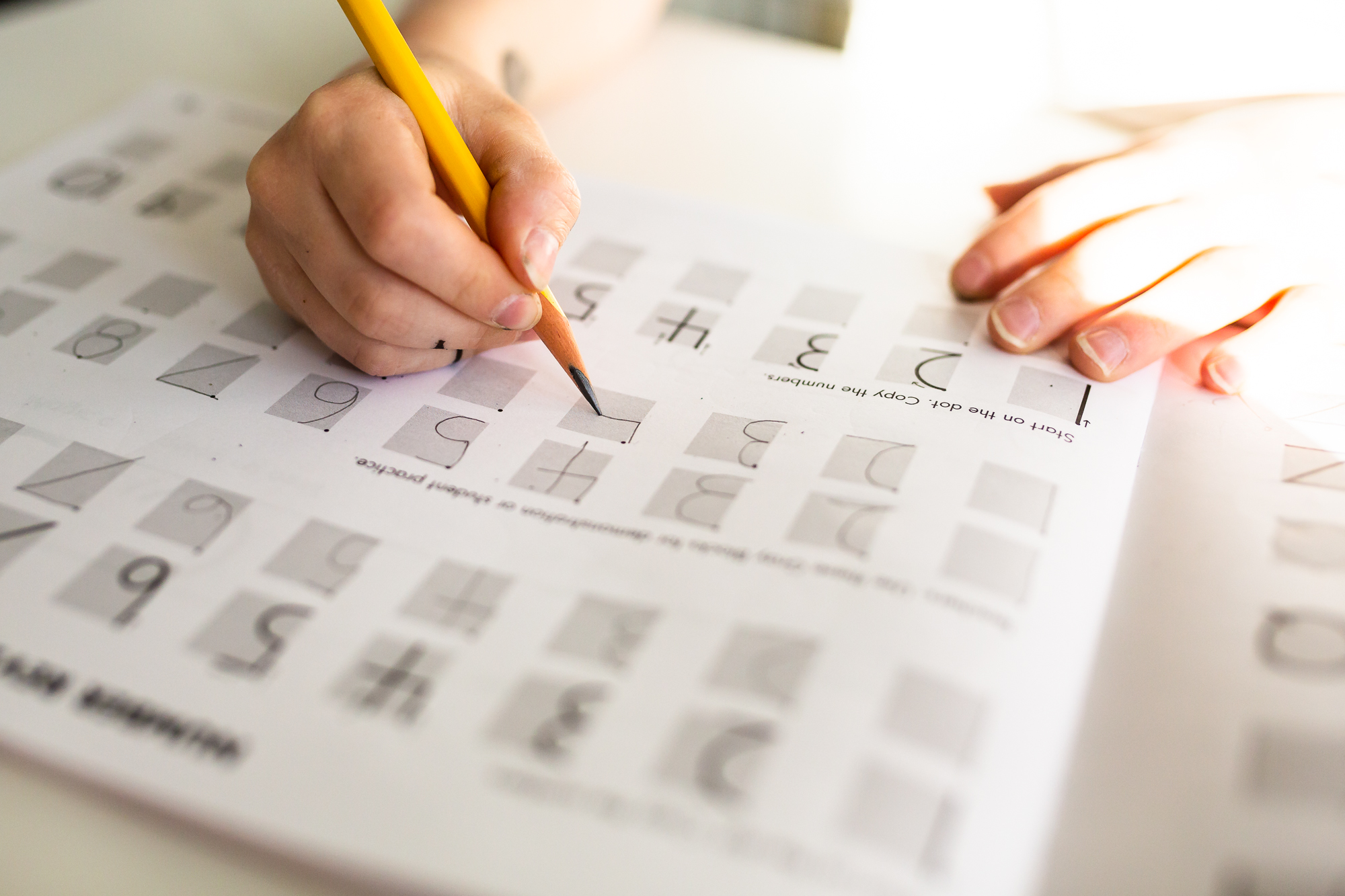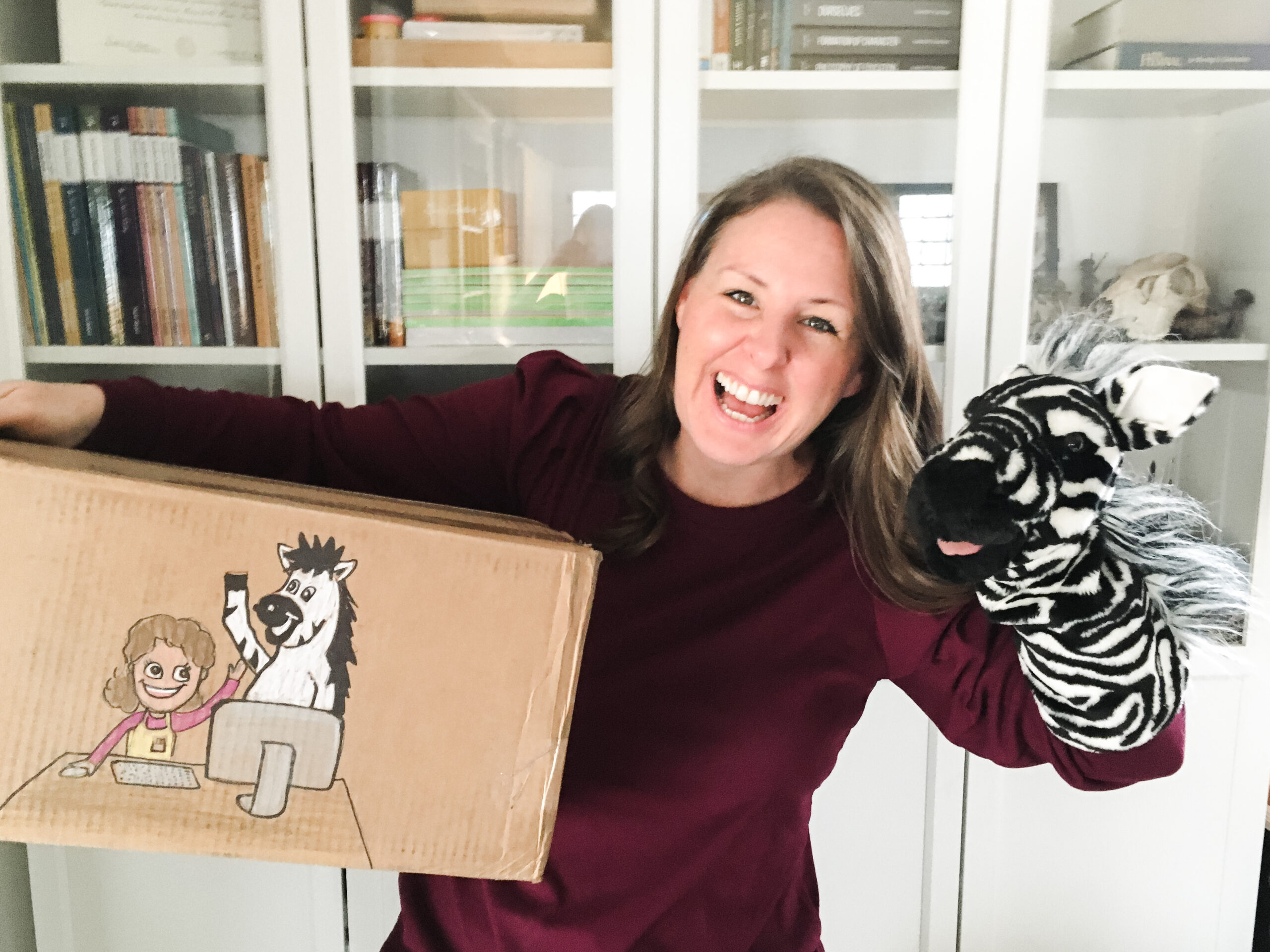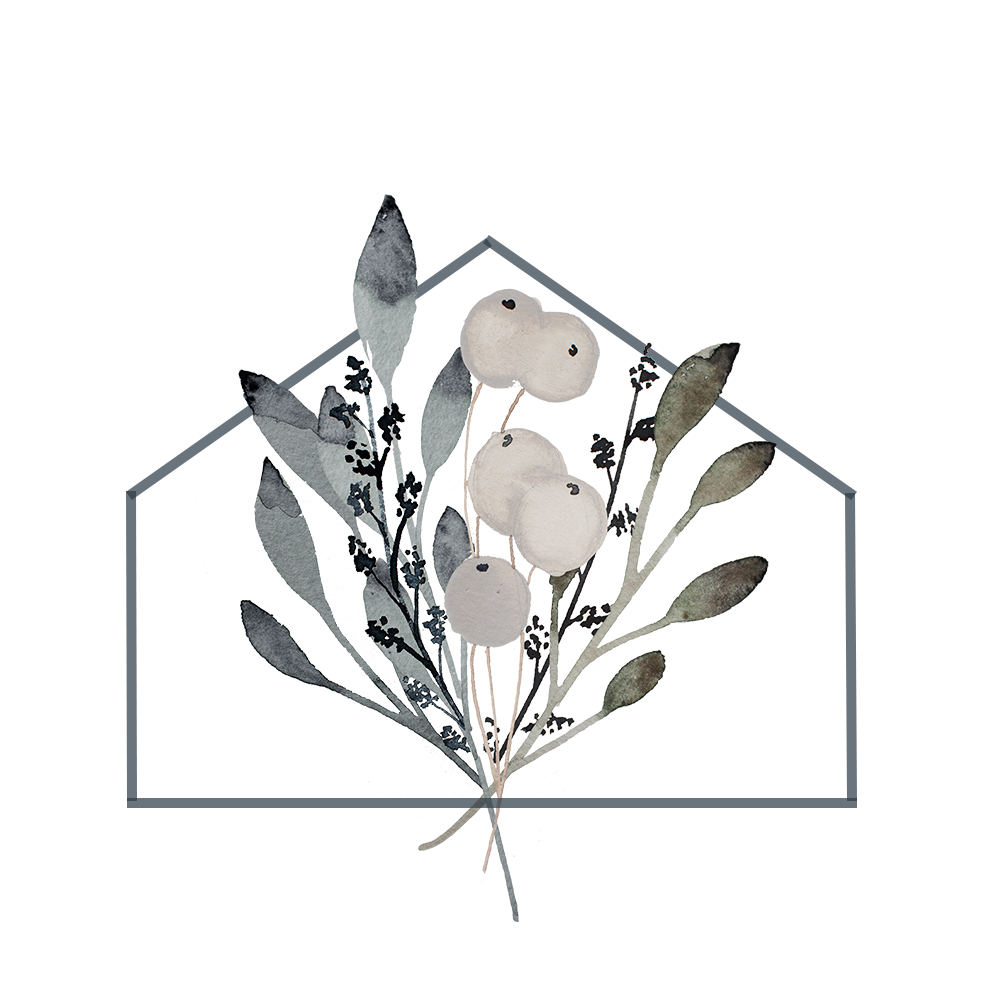let's be social!
Somehow, my oldest kiddo has gotten old enough to be moving up to Form 2 in our Charlotte Mason homeschool, so I’m sharing our full 4th grade homeschool curriculum for the 2024-2025 school year!
Form 2B is exciting because we start adding some new subjects that set the stage for Form 2A. I think I’ve said it before on here, but I’m honestly a bit jealous of the education my kids are getting. I wish that I had learned these things in this way when I was their age. However, the thing I love about the Charlotte Mason approach is that it’s for us mothers, too! I’m getting a re-education while teaching my kids, and it’s been such a beautiful journey so far!
So what will my son’s 4th grade homeschool year look like?
OUR 4TH GRADE CHARLOTTE MASON HOMESCHOOL CURRICULUM
As always, I like to start by listing out all of the subjects we’ll be covering this year in our 4th grade homeschool curriculum. Many of these subjects are only covered 1-2 time per week – not every single day – so while it looks like a lot, the feast is spread out over each week.
Here are the subjects we’ll cover in our 4th grade Charlotte Mason homeschool curriculum:
Bible & Church History*
Typing*
Dictation*
Composition*
Grammar
Literature & Poetry
American History
British History
Citizenship
Geography
Natural History & Science
Picture & Composer Study
Math*
Foreign Language*
Drawing
Recitation* & Singing*
Drill & Dancing*
Handicrafts*
BIBLE & CHURCH HISTORY
Mr. Ten’s 4th grade homeschool year will be our first official year as Orthodox Christians! It doesn’t significantly change what we’ve already been doing as far as Bible and Church History go, but obviously, Church History will look a little bit different. We’ve read Trial and Triumph in the past (a book I highly recommend for Protestant/Evangelical Christian families), but this year we’ll be reading an Orthodox Church history book. I’ve chosen Heroes for Truth for our “spine,” which covers the first 1000 years of Church history, and we’ll be reading 101 Orthodox Saints for our biographies.
For Bible, we’ll continue to use A Delectable Education’s Bible Breakdowns to help us spread out our readings across 3 terms. This year for Old Testament, we’ll be reading I & II Samuel and I & II Kings. For New Testament, we’ll be reading Matthew.
One short note about our Bible lessons. Charlotte Mason encouraged parents to read from the KJV of the Bible in order to familiarize students with that style of English so they’d be more prepared for Shakespeare. I, however, have opted to read from my ESV, because it’s far more important to me that my kiddos understand our Bible lessons in language they’re more familiar with.
DICTATION
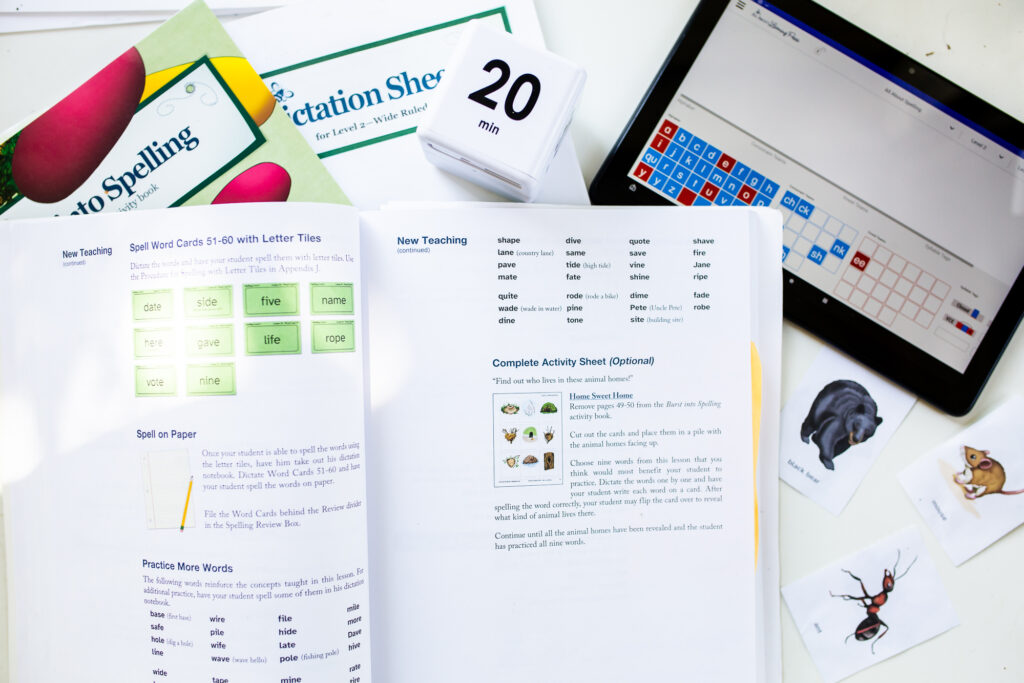
This is one of the few areas where we deviate from Charlotte Mason’s approach, as we don’t do writing and dictation according to the way Miss Mason instructed. Mr. Ten has dyslexia, so we need a research-based approach to teaching spelling that’s meant for kiddos with dyslexia and takes modern research into consideration. Because of that, we’ll continue to use All About Spelling to cover the “dictation” slot in our schedule.
I’ve written about it before, but All About Spelling is a research-based Orton Gillingham program that was designed with dyslexic students in mind. It’s a phonetic program that teaches the “why” behind spelling using sequential, incremental, and explicit instructional strategies. Mr. Ten is still working his way through AAS Level 2 (Color Edition), and we’ll just pick up where we left off and keep moving forward! I expect that we’ll finish Level 2 this winter and then move right into Level 3.

TYPING
Just like with dictation, we alter how we approach writing/copywork in our homeschool since my son has dyslexia. Instead of working on handwriting, we’ve transitioned to typing. Last year, we started using a keyboarding program that we really love. It’s called Touch-Type Read and Spell, and it’s also based on the Orton-Gillingham approach. It complements All About Spelling really well because the lessons are short and they follow a really similar sequence to AAS. I also love it because it includes some dictation, which helps reinforce our spelling lessons. And my son really enjoys the typing lessons, which is a big deal in our homeschool!
COMPOSITION
This will be the first year that we begin written narrations for our composition work. We’ll still rely mostly on oral narrations, but my goal is to gradually increase the amount he writes as the year progresses. This past year (which was kind of a transition year for him – we called it Grade 3.5), he did a lot of drawn narrations with short, written captions. I plan to continue that this year, but gradually increase the amount he writes with each drawing.
GRAMMAR
This year, we’ll begin ADE’s Grammar Lessons, which is an adaptation of Charlotte Mason’s First Grammar Lessons. What I love about First Grammar Lessons is that it puts everything in context and starts with why we learn grammar before diving in to begin learning about parts of speech. It’s a gentle curriculum and it doesn’t requre a ton of writing, either, which works really well for us.
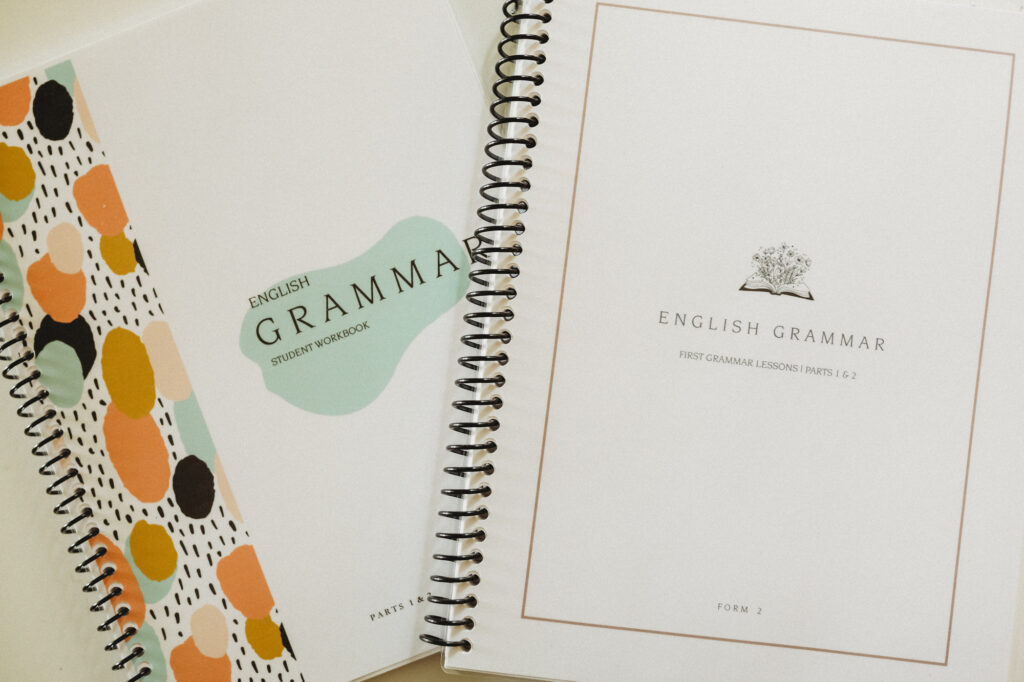
LITERATURE & POETRY
When I think about the subjects I’m most excited about going into this next school year, Literature is definitely one of them! For Mr. Ten’s 4th grade homeschool year, we’ll begin reading Shakespeare, we’ll continue reading poetry, and we’ll continue studying mythology. The expectation for students in Form 2B is that they’ll also choose a classic novel to read during their leisure time.
We’re going to be using Simple Charlotte Mason’s Shakespeare in Three Steps books to guide us as we dip our toes into the Bard’s plays, and we’re starting with A Midsummer Night’s Dream. SCM recommends first reading about the play, then listening to or reading the play itself, and then watching it once you’re finished reading it. We’ll be listening to Arkangel Shakespeare’s dramatization of the play, and while Shakespeare has never been my personal favorite, I’m hoping that as part of my re-education, I’ll find a new appreciation for Shakespeare and enjoy it alongside my son.
For mythology, we’ll be reading Heroes of Asgard, spread out over our 3 terms this year.
For poetry, we’ll be reading Langston Hughes, Robert Frost, and Wendell Berry. (I cannot wait to introduce my kids to Wendell Berry!!)
AMERICAN HISTORY
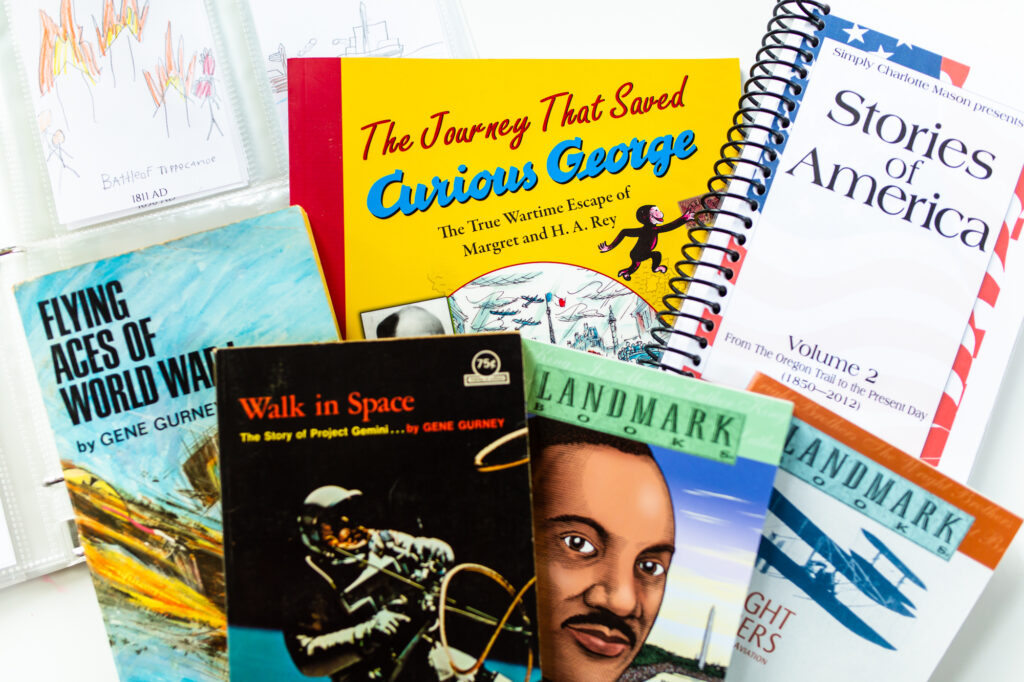
This year in our American History cycle, we’ll be studying 1900-present day. When I was looking through what I want to cover for history this year, I was a bit overwhelmed. SO MUCH HAPPENED in the 1900s! The way the history cycles work, we’ll cover the Twentieth Century two more times, so thankfully, we don’t have to fit it all in this year!
I heard a rumor that there was going to be a 3rd volume of This Country of Ours by H.E. Marshall, which would be awesome! However, as there’s no publication date as of the time of writing this, I’ve decided to go with SCM’s Stories of America, Volume II. I’ve heard really good things about it from friends who have used it, and I don’t want to wait until late summer to have our history spine in hand.
Like always, we’ll be adding some biographies in to supplement our spine. My list was a lot longer than this, but I managed to narrow it down to these!
BRITISH HISTORY
In the PNEU Programmes, students studied a “neighboring country.” For students in England, that meant studying French history. American Charlotte Mason educators largely agree that we’re meant to study a country that has had a huge impact on our own history (not necessarily a geographical neighbor), which for us, means studying British history.
Similar to the way we started American history by studying America’s “heroic age,” we’ll also begin British history by studying its “heroic age.” Our spine will be Our Island Story by H.E. Marshall, and we’ll be adding in a number of biographies. I don’t know if we’ll be able to get through all of the biographies I have selected, but we’ll certainly try!
CITIZENSHIP
Citizenship will be a new subject for us this year, and we’ll use this Form 2B year to set the stage for starting Plutarch’s Lives next year. This year, we’ll be reading tales from Ancient Rome. We’ve chosen the book, Stories from the History of Rome. When I did some pre-reading of the book, it looked like it’s full of battles and adventure, so I think my son will really enjoy it!
GEOGRAPHY
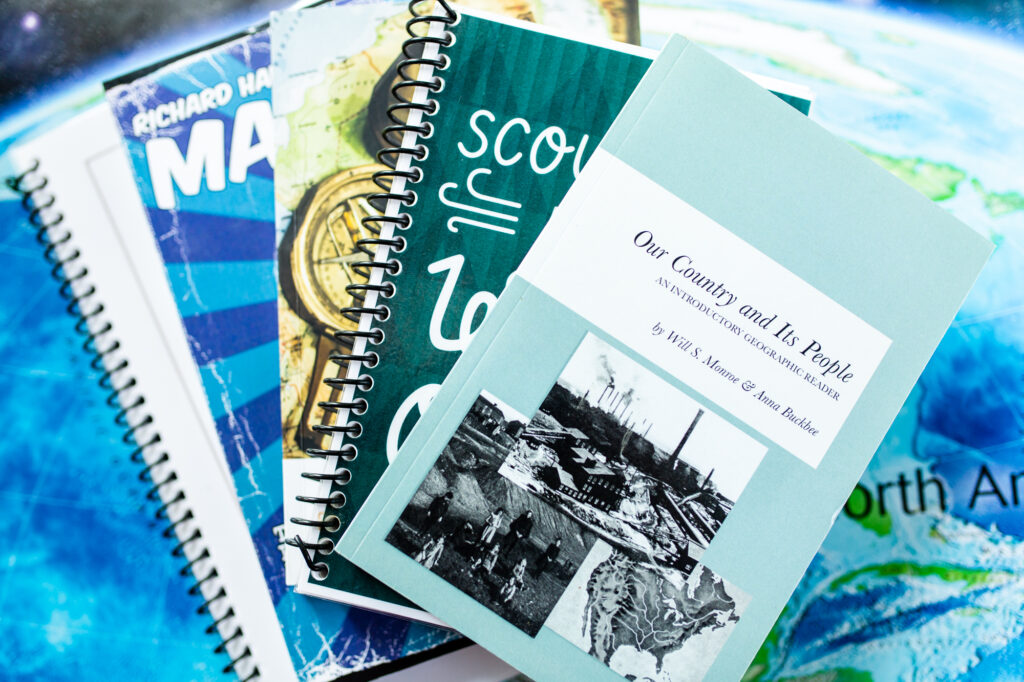
Just like in years past, we’ll continue doing map questions for geography using The Children’s World Atlas. This year, we’ll also be reading Our Country and Its People and Halliburton’s Book of Marvels: The Occident. We’ll also be continuing with our scouting curriculum (Scouting for Wild Ones), as well as adding in some activities from Hatch’s Outdoor Geography. It will be a full subject, but one I’m really excited about!
NATURAL HISTORY & EXPERIMENTAL SCIENCE
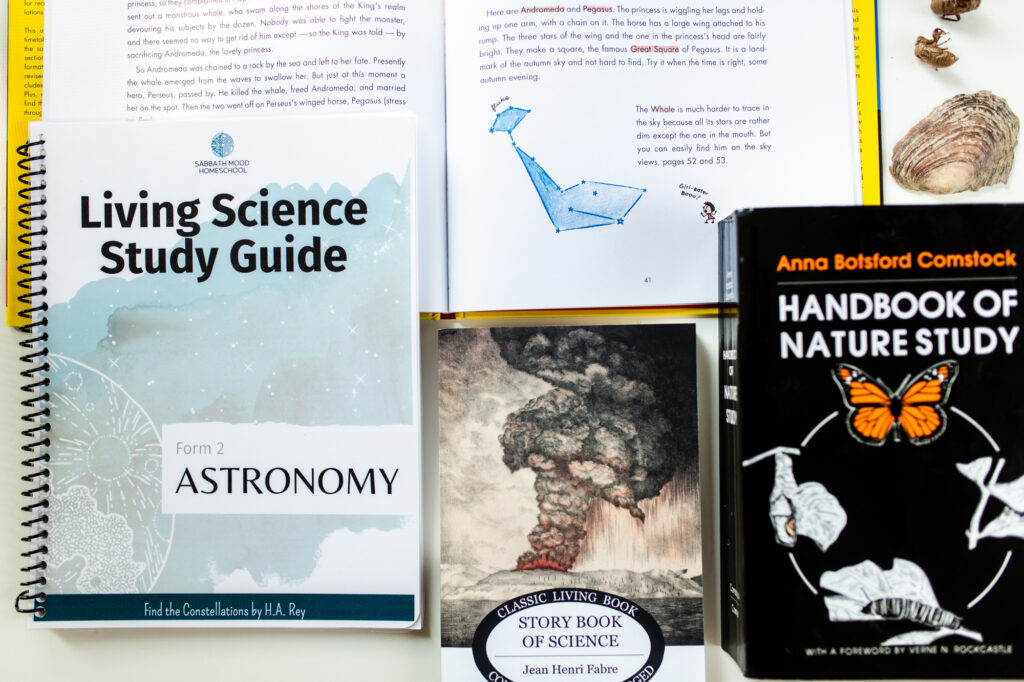
I’m also really looking forward to our science block this year, because in addition to continuing nature study, we’ll also be adding experimental science! We’ll be using Sabbath Mood Homeschool’s science guides each term, and each guide has an accompanying living book. I gave Mr. Ten the choice, and he decided he wanted to start the year with Astronomy, so that will be our Term One study (Physics and Weather will be Terms Two and Three).
This year, we’ll also be using Fabre’s The Story Book of Science as our nature lore book, and the Handbook of Nature Study for special studies.
PICTURE & COMPOSER STUDY
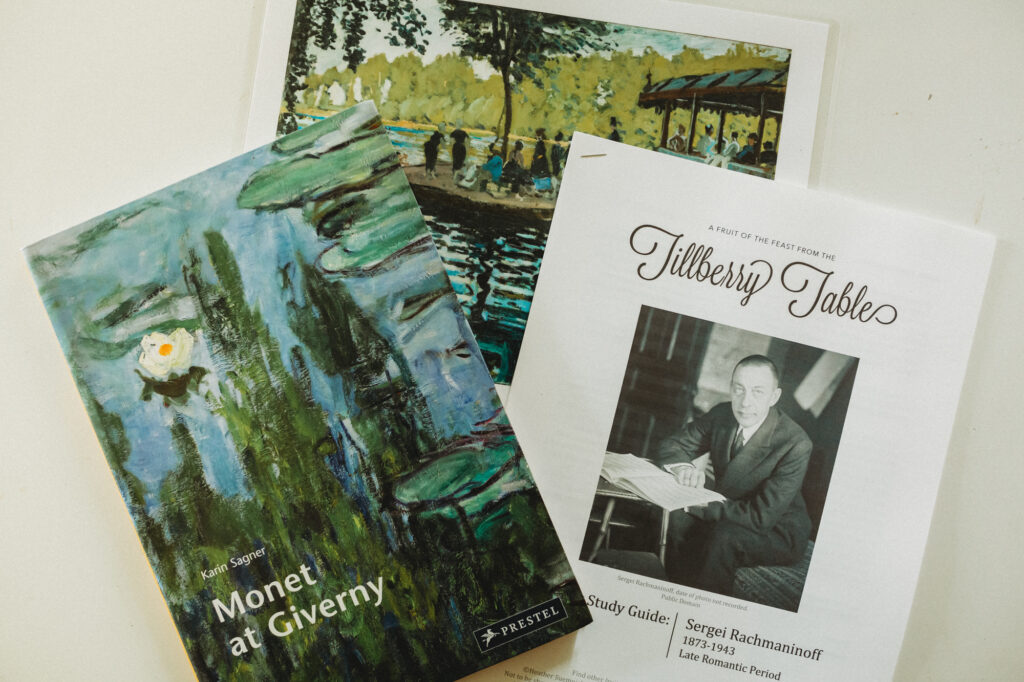
Just like always, we’ll be using Picture Study Portfolios for picture study this year. We’re starting the year with Monet, and then we’ll also be studying Mary Cassatt. I also really want us to study either Pablo Picasso or Frida Kahlo. Because I cannot find a picture study for either of those artists, I’ll be on the hunt for some living books and artist prints.
I had a harder time trying to narrow down our composer studies this year, but finally landed on Rachmaninoff, Scott Joplin, and Vaughn Williams Thankfully, Tillberry Table has a composer study guide for each of those composers, so that helps me structure our composer study time!
MATH
I had a very difficult time deciding which math program to use this year. When we first decided to go all in on the Charlotte Mason Method, I switched from Singapore Math to Simply Charlotte Mason’s Elementary Arithmetic books. We did the first two books, and then last year I switched to Beauty & Truth Math for Year 3.
I plan to expand on this topic in a separate post, but this year we’re going to switch back to SCM’s Elementary Arithmetic Book 4. (There were a lot of things I really loved about B&T Math and it’s a wonderful program, but I think EA is a better fit for us for a few different reasons.) Thankfully, the Scope and Sequence of the two programs is similar enough that we won’t have any gaps as we transition back!
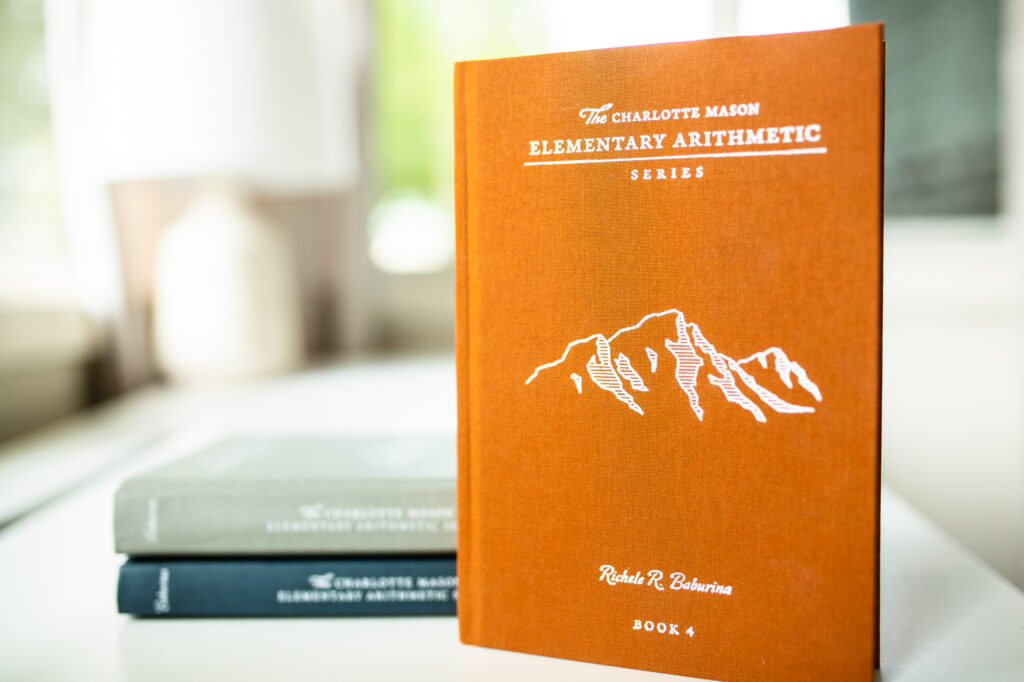
FOREIGN LANGUAGE
Foreign language is the current bane of my existence. Okay, that’s a little too strong, but I’ve really struggled with teaching my kids Spanish! I speak just a little Spanish (enough to get by and have a really toddler-level conversation), but it’s been so hard to implement this subject consistently.
We’re continuing on with The ULAT and Talkbox.Mom. I love both of these programs, even though neither of them are expressly Charlotte Mason, but really want to focus on consistently including Spanish in our days.
So here’s to hoping this year we actually learn to speak Spanish!
BRUSH DRAWING
We love brush drawing! We weren’t super consistent with it last year, but it’s definitely a subject that we delight in. We’re continuing on with Bestowing the Brush’s brush drawing classes, and we’ll use those until we finish them!
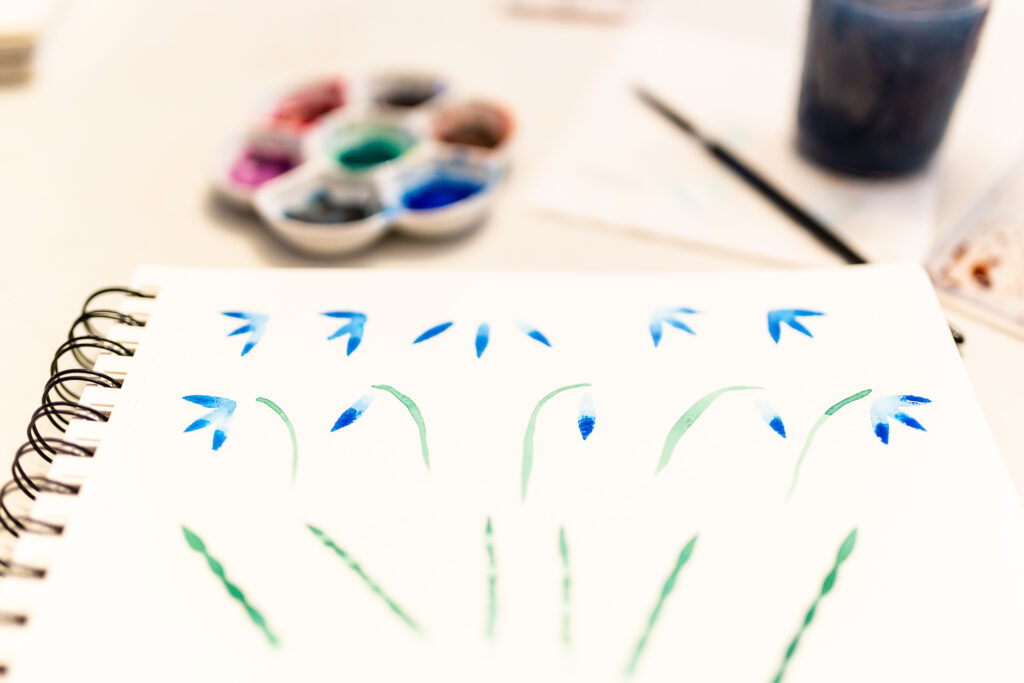
RECITATION & SINGING
I don’t use a curriculum for recitation. Each term, we recite 1-2 Psalms and 2 poems of the kids’ choosing. I have some restaurant menu folders that I use for our recitations. I type up and print off the full term’s recitations, stick them in the folder, and the kids hold those as they practice recitations.
For singing, we do two different things. First, during Morning Basket, we sing a hymn each morning. We typically spend about 3 weeks learning the hymn and singing it each morning, so we’ll cover 4 hymns per term. Charlotte Mason recommended that students actually recite hymns instead of singing them, but we’ve chosen to learn the hymns that we sing on Sunday mornings the way our church sings them.
The second thing we do for singing is Solfa. This year, we’ll finish up the lessons on Sing Solfa and my plan is to purchase a subscription to Miss Mason’s Music after that.
SWEDISH DRILL & DANCING
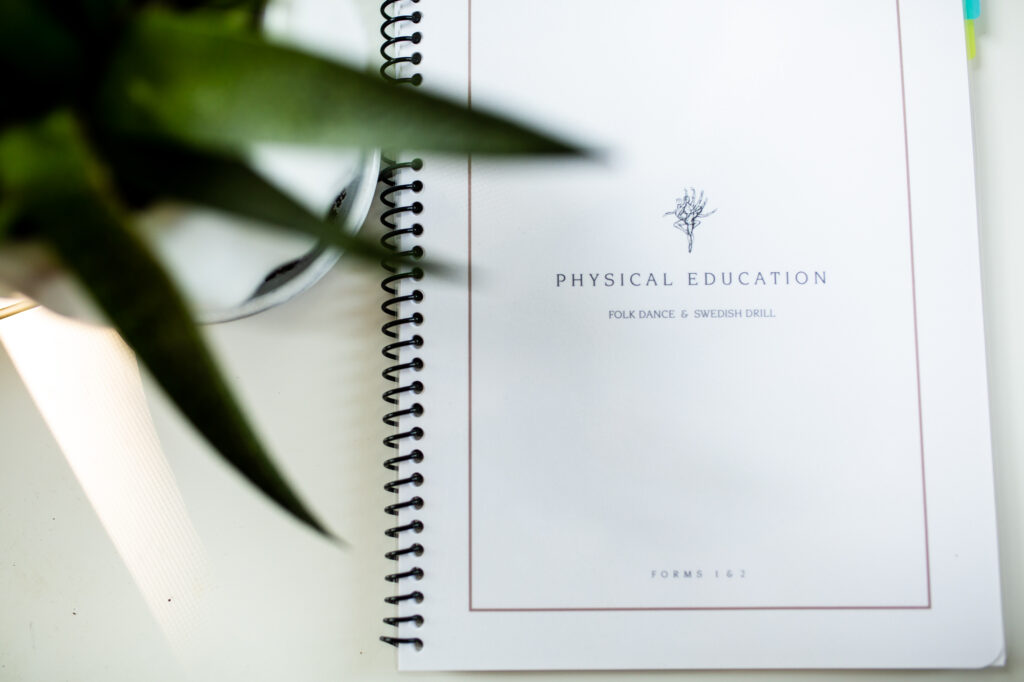
For the past few years, we’ve kind of been winging it for both Swedish Drill and folk dancing. I used the 1903 Handbook for Physical Education for drill, and the boys actually did really well with it. But folk dancing has been an inconsistent mess. I’ve had a hard time selecting the right dances for our skill levels. This year, I was feeling like we needed more structure, so we’ll be using ADE’s Swedish Drill Lessons and their new Folk Dancing resource. I’m really excited to have the lessons already laid out for me, and the kids are excited to learn some new dances!
HANDICRAFTS
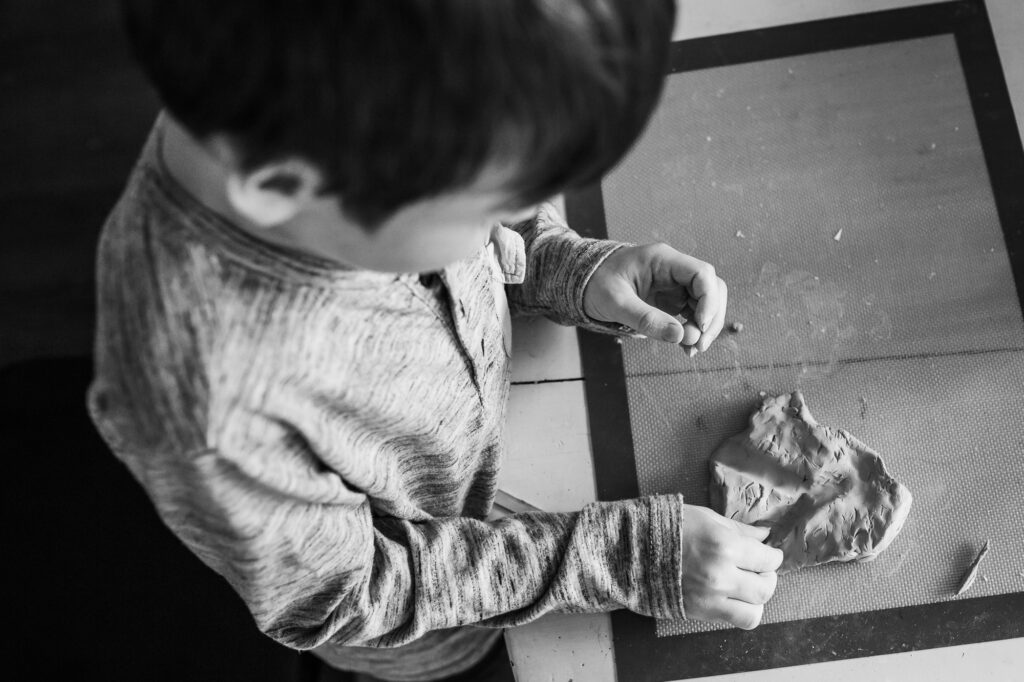
Handicrafts is one subject that I fell in love with early on in our homeschooling journey, and that we continue to just absolutely adore! We’ve learned so much together, from finger knitting to hand-dipping candles, over the past several years. This year, we’ll be continuing on with Sloyd/Paper Modeling, Clay Modeling, and sewing. The boys are also really interested in learning more about weaving, so we’re hoping to add in some basket weaving this winter. Here are a few resources I use for handicrafts…
AND THAT’S OUR 4TH GRADE CHARLOTTE MASON HOMESCHOOL CURRICULUM! IT’S GOING TO BE AN AMAZING SCHOOL YEAR!


